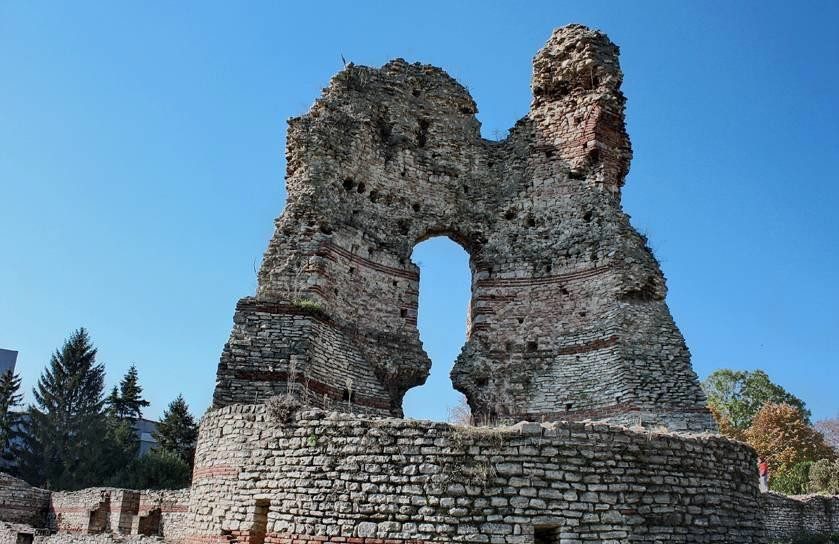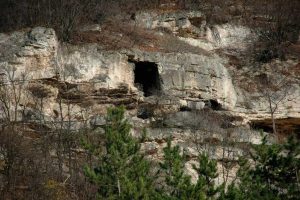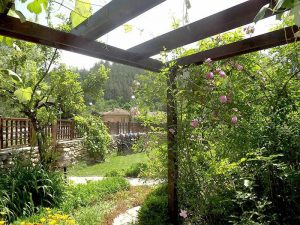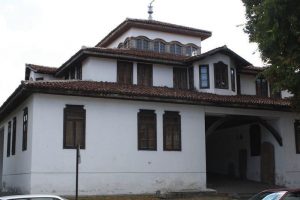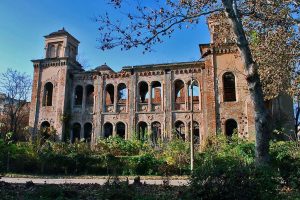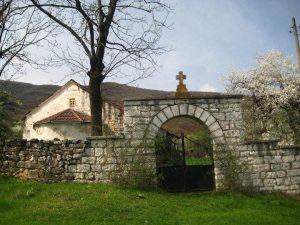

Castra Martis is a late Roman fortress whose remains are now in the town of Kula, in northwestern Bulgaria.
In the 70s of the 19th century, Felix Kanitz identifies the center of Kula impressive remains of the Castra Martis fort.
The fortress is located on a steep slope above the gorge of the Voinishka river, in the centre of the present town Kula. Archaeological research found that on the same slope, before the construction of the castle, there was a small Thracian-Roman settlement from the first millennium BC.
The castle is part of the restoer Danube frontier of the Roman Empire after the losing Dacia in the late 3rd century. It is likely that the restoration could have been made by the Emperor Diocletian at the boundary between the 3rd and 4th centuries. This protects the road from Bononia to Singidunum in Vrashka, being one of the western pasages of the Stara Planina. It is mentioned in the year 377, when through it passed, on his way to Thrace, along with his troops, the Emperor Gratian. In 408, Castra Martis was captured by the Hun leader, Uldis. In the 5th century, Procopius mentions Castra Martis as one of the main fortress restored by Emperor Justinian I (527-565). Castra Martis was destroyed during the invasion of Avars in the empire, in the years 586-587.
In the 13th-14th centuries the fort was partially restored and used for Vidin’s defense. The fortress consists of two parts – a small square fort – quadriburgius and the largest castle located south of it. Originally built the quadriburgius dates from the late 3rd century – the early 4th century, it was built in the same way as, Emperor Diocletian, built the border regions of the empire. The quadriburgius from Castra Martis is a 40 square fort of 40 m, with large towers at the corners, with a diameter of 12.5 m. Quadriburgius is very well preserved and fully seen. Its walls are made of belts with three rows of stone and brick, with a thickness of 2.20 m and is maintained at an average height of 2 m above the ground. Its tower in the southeast rises to 16.30 m and it gave the name of the modern city. The fort is accessible only from the south, where there is a gate with double doors. Probably at the end of the 4th century the gate was reinforced with another wall of 3.30 m, narrower than the first one, forming a guard tower and surveilance rooms. To the south of the quadriburgius is a military camp from the second quarter of the 4th century, built under Constantine the Great (306-337), which was reinforced with thick walls of 4.30 m,. The castle is shaped like an irregular quadrilateral with seven polygonal towers in an area of 15.5 acres.
To the northwest of the fort were discovered the foundations of a Roman bath, indicating that civilians lived outside the castle.
